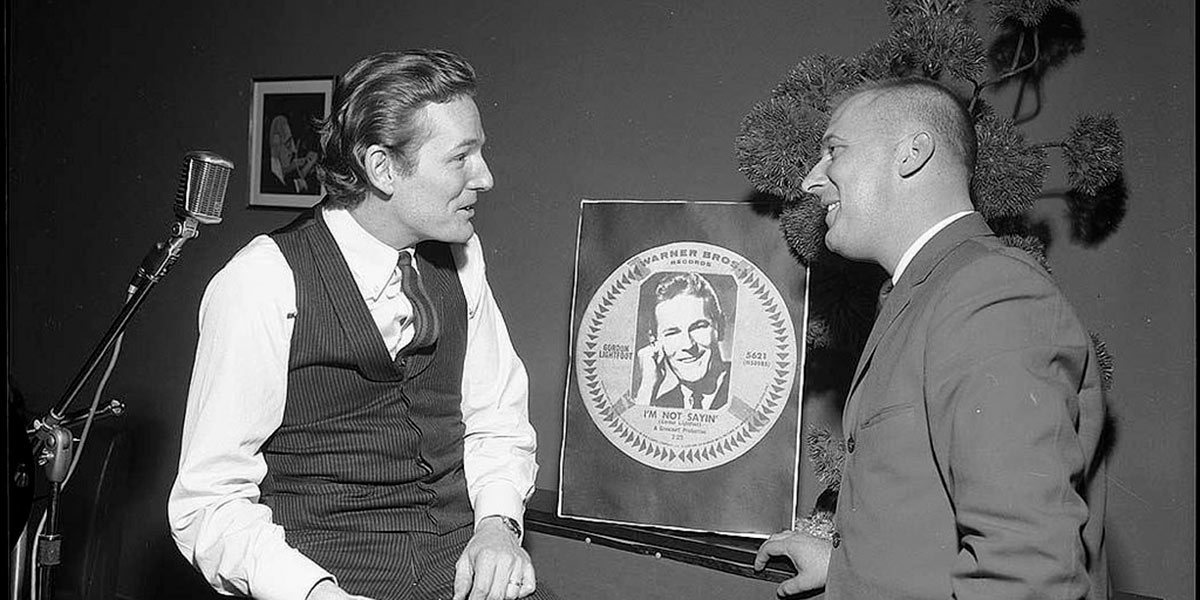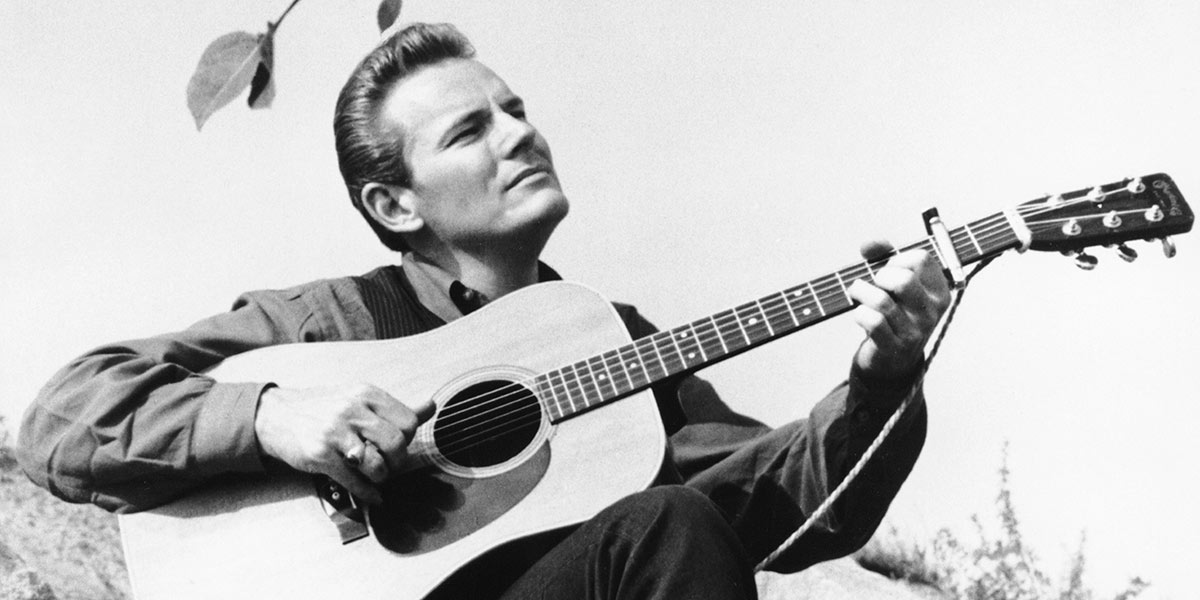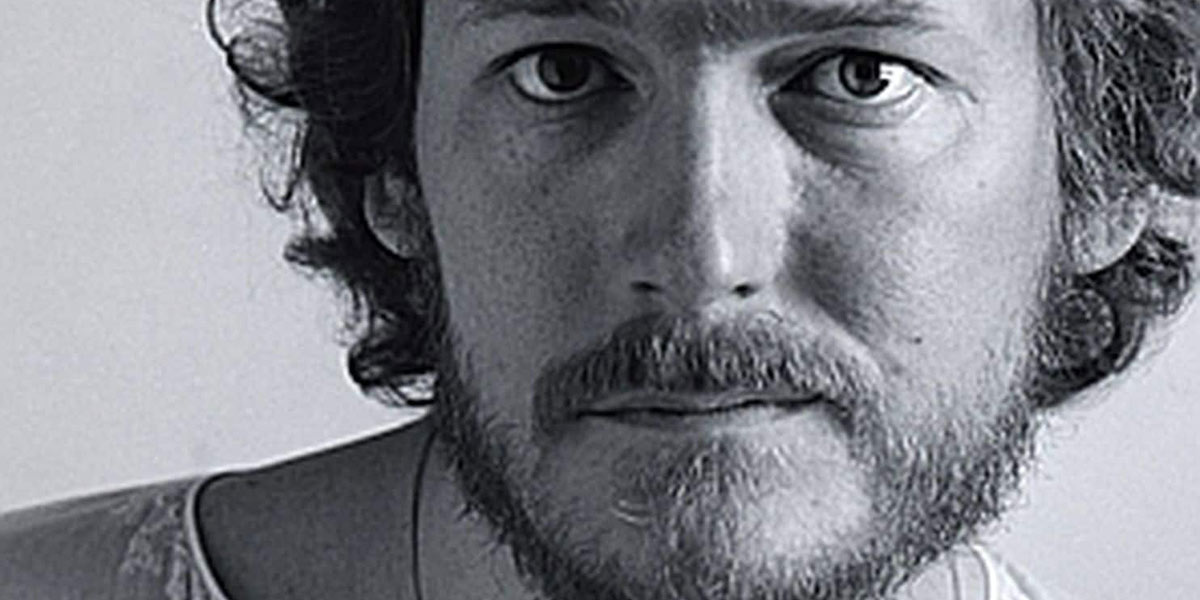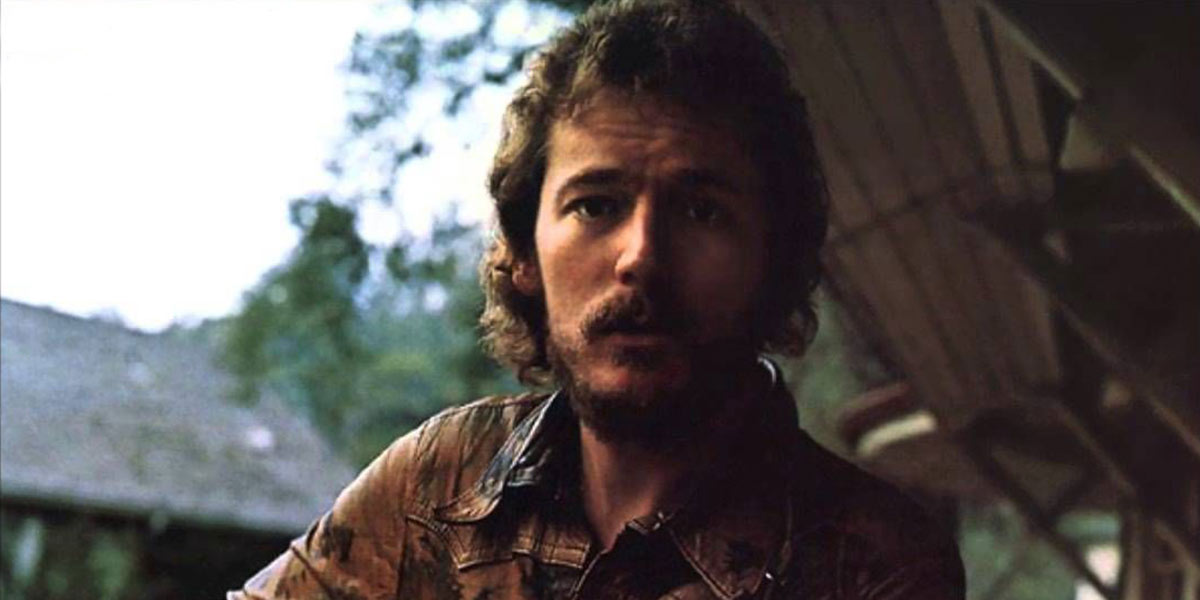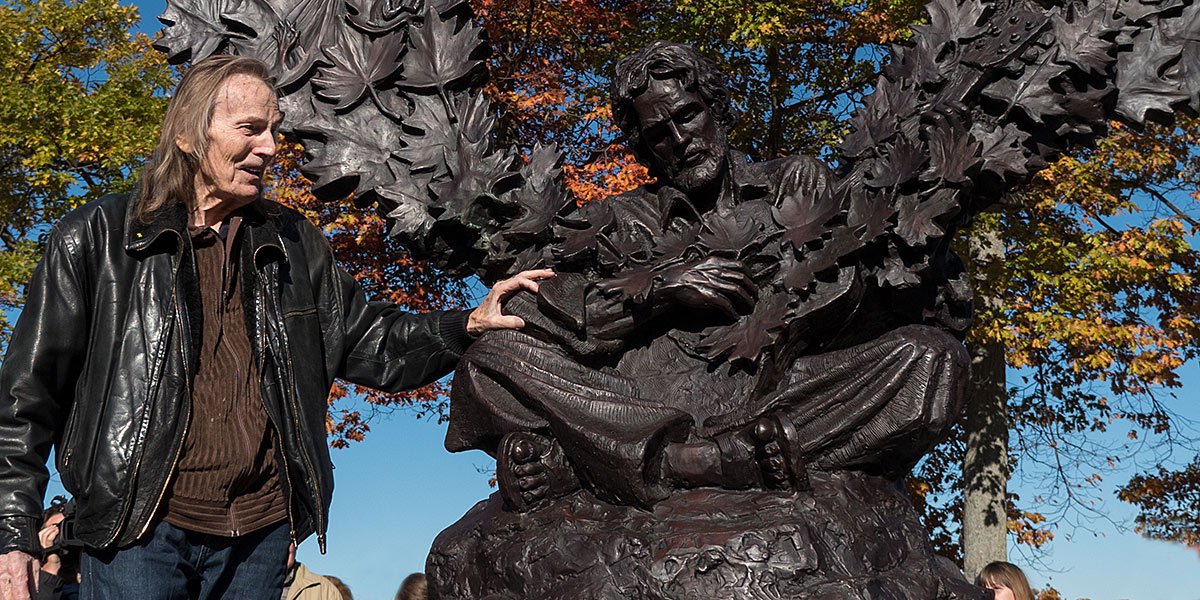THE LEGEND - GORDON LIGHTFOOT
Gordon Lightfoot was born on November 17, 1938 in Orillia, Ontario, and has been hailed as one of Canada’s greatest songwriters who helped define the folk-pop sound of the 1960s and 1970s.
Lightfoot’s first singles, “I’m the One” and “It’s Too Late, He Wins”, were released in 1962. In 1966, he released his first album, Lightfoot!, featuring the classic song “Early Morning Rain.”
That was followed by 10 albums over the next ten years as well as extensive touring and collaborations with legendary musicians like Bob Dylan, Ian and Sylvia Tyson and Joni Mitchell. It was during this period that Lightfoot’s songwriting acumen was recognized, as he helped define the era’s rebellious voice through a unique form of folk-pop and beautiful, complex lyrics and melodies that often reflected the Canadian experience.
In 1975, Lightfoot released a vinyl double album called Gord’s Gold, a compilation of his first decade in music featuring the hit singles “Early Morning Rain”, “Sundown”, “If You Could Read My Mind” and “Rainy Day People.” The album is Lightfoot’s most commercially popular record, achieving double-platinum certifications in Canada and the U.S., and is the inspiration behind the Golden Leaves statue in Tudhope Park.
Gord’s Gold is missing two of his biggest hit singles, “The Wreck of the Edmund Fitzgerald”, a haunting ballad recorded for the 1976 album Summertime Dream, and “Black Day in July”, a 1968 song about the 1967 race riots in Detroit that was temporarily banned in the United States.
In all, Lightfoot released 19 studio albums, three live albums, 16 greatest hits albums and 46 singles. He was awarded 16 Juno Awards and five Grammy Award nominations.
In 1986, Lightfoot was inducted into the Canadian Music Hall of Fame, and he was inducted into Canada’s Walk of Fame in 1998. In 2002, he was awarded the Companion of the Order of Canada, the country’s highest civilian honour.
Lightfoot continued to tour heavily despite a number of health issues throughout his career. In 1972, he was diagnosed with Bell’s Palsy, which often causes temporary paralysis of the muscles of the face. In 2002, he suffered a ruptured artery in his stomach, which forced him into a six-week coma. In 2006, he suffered a minor stroke that caused temporary damage to his fingers, limiting his ability to play the guitar. In 2010, Canwest News Service incorrectly reported that Lightfoot had died. That sad day came more than a decade later on on May 1, 2023, six months before his 85th birthday.
Lightfoot was married three times, most recently to Kim Hasse in 2014. He had six children and two grandchildren.
The Mariners’ Church in Detroit (the “Maritime Sailors’ Cathedral” mentioned in “The Wreck of the Edmund Fitzgerald“) honoured Lightfoot the day after his death by ringing its bell a total of 30 times, 29 for each of the crewmen lost on the Edmund Fitzgerald, and the final time for Lightfoot himself.
In the days after his death, a series of tributes took place in his hometown of Orillia, one of them previously planned. On May 6, the local opera house hosted Leisa Way & the Wayward Wind Band, a previously planned show that paid tribute to Lightfoot that became a memorial show of sorts. It sold out after his death. A day later, a public visitation was held at St. Paul’s United Church that drew more than 2,400 people. As in Detroit, the church bells at St. Paul’s rang 30 times, 29 to honour the crew of the Edmund Fitzgerald and once for Lightfoot.
